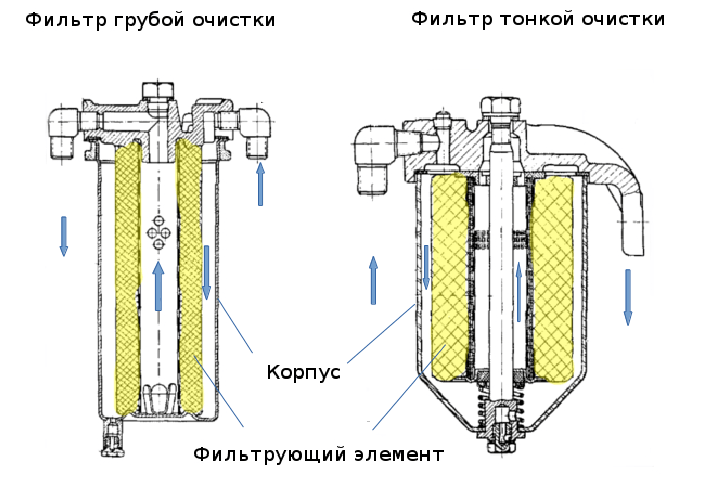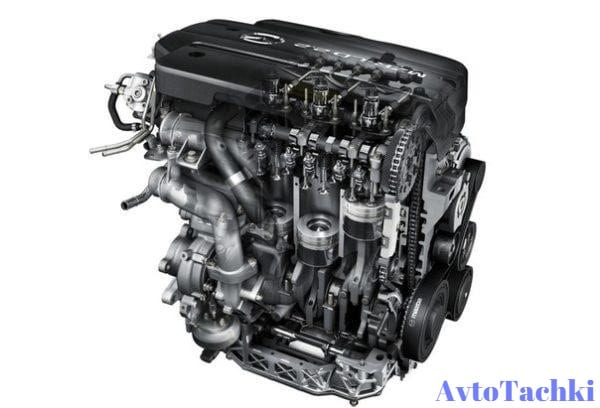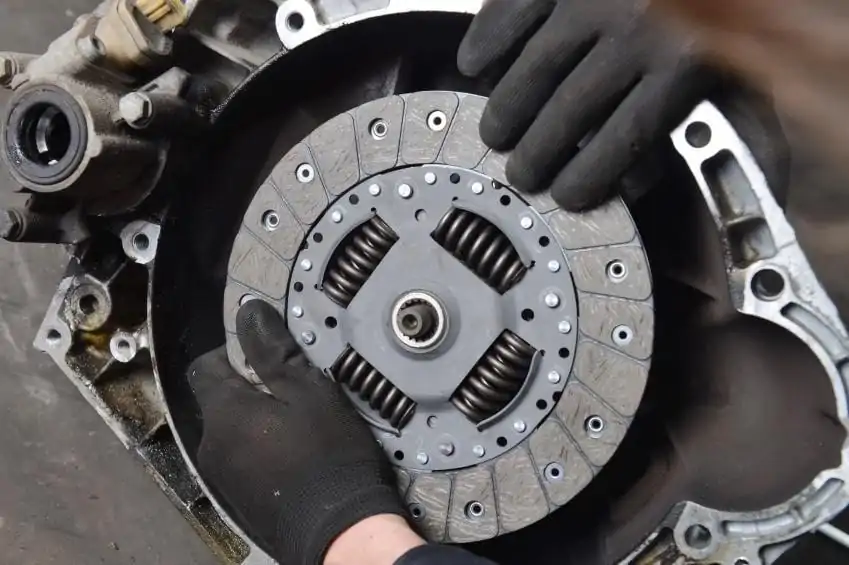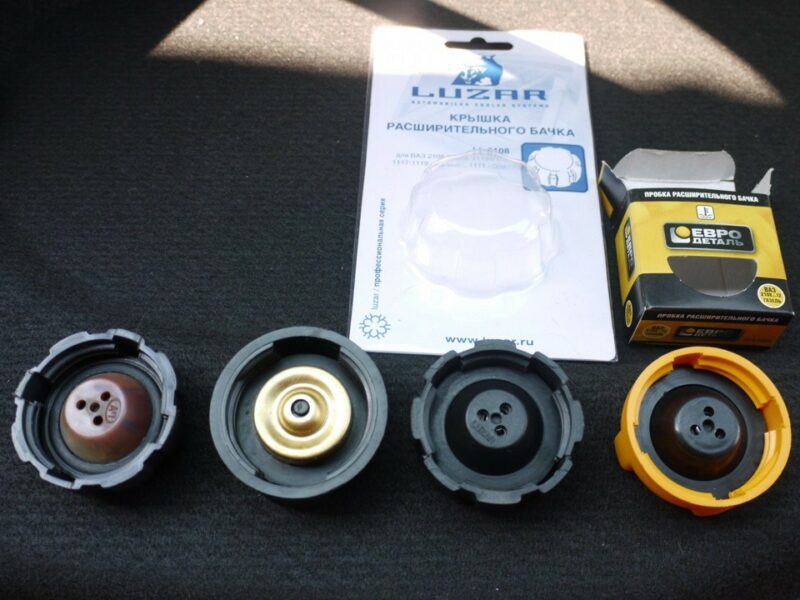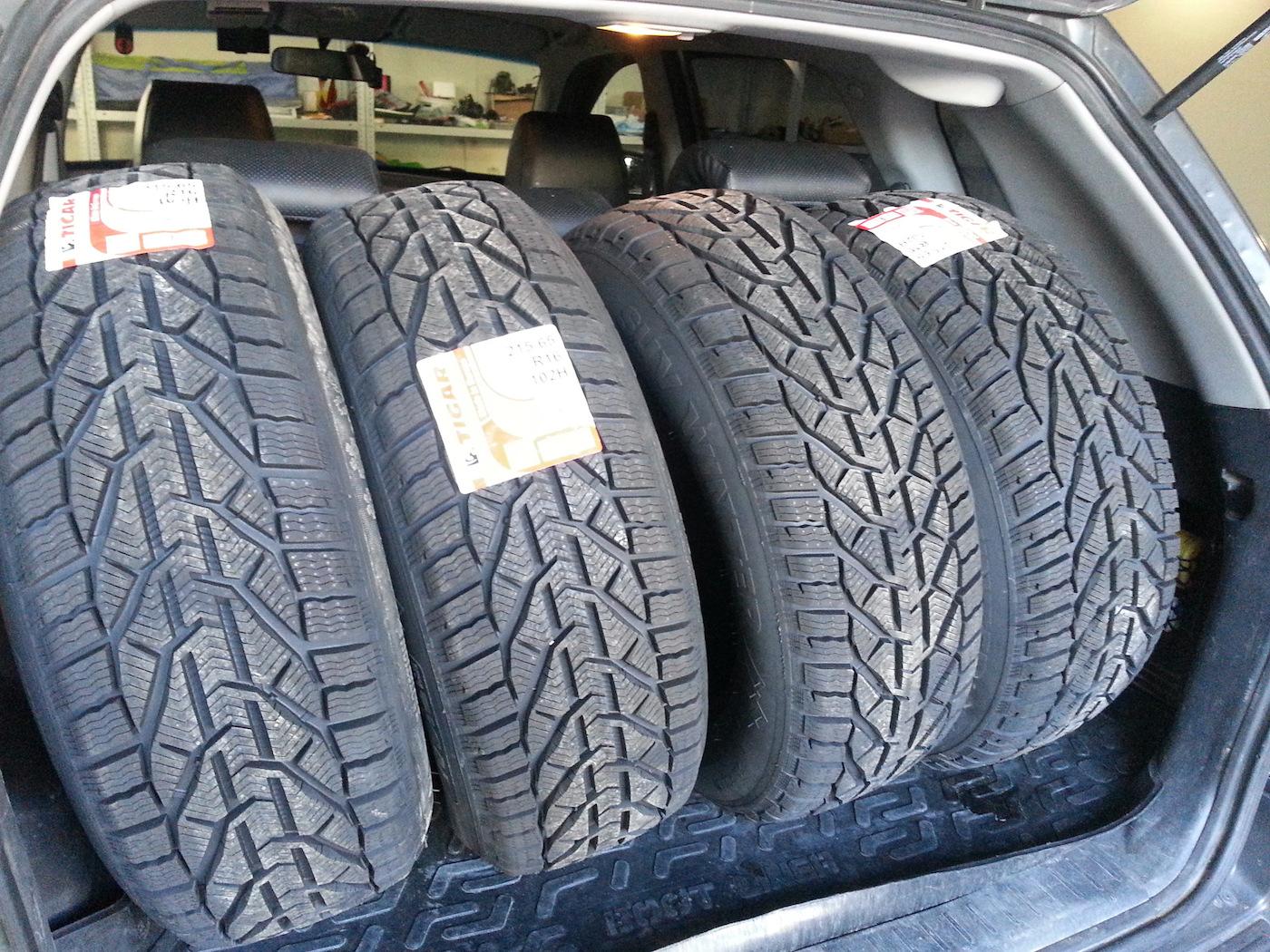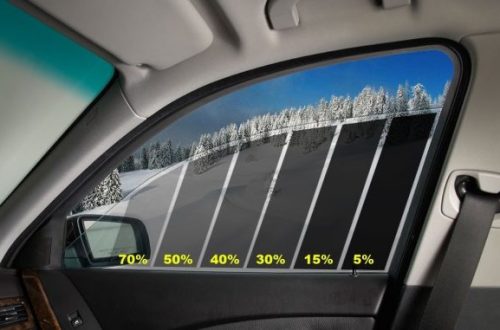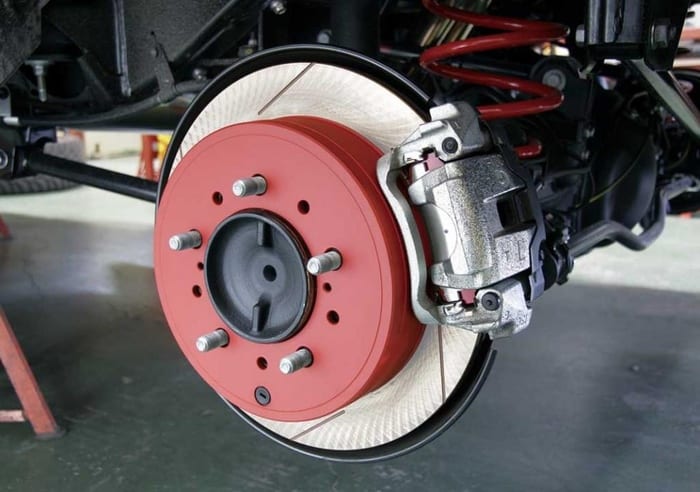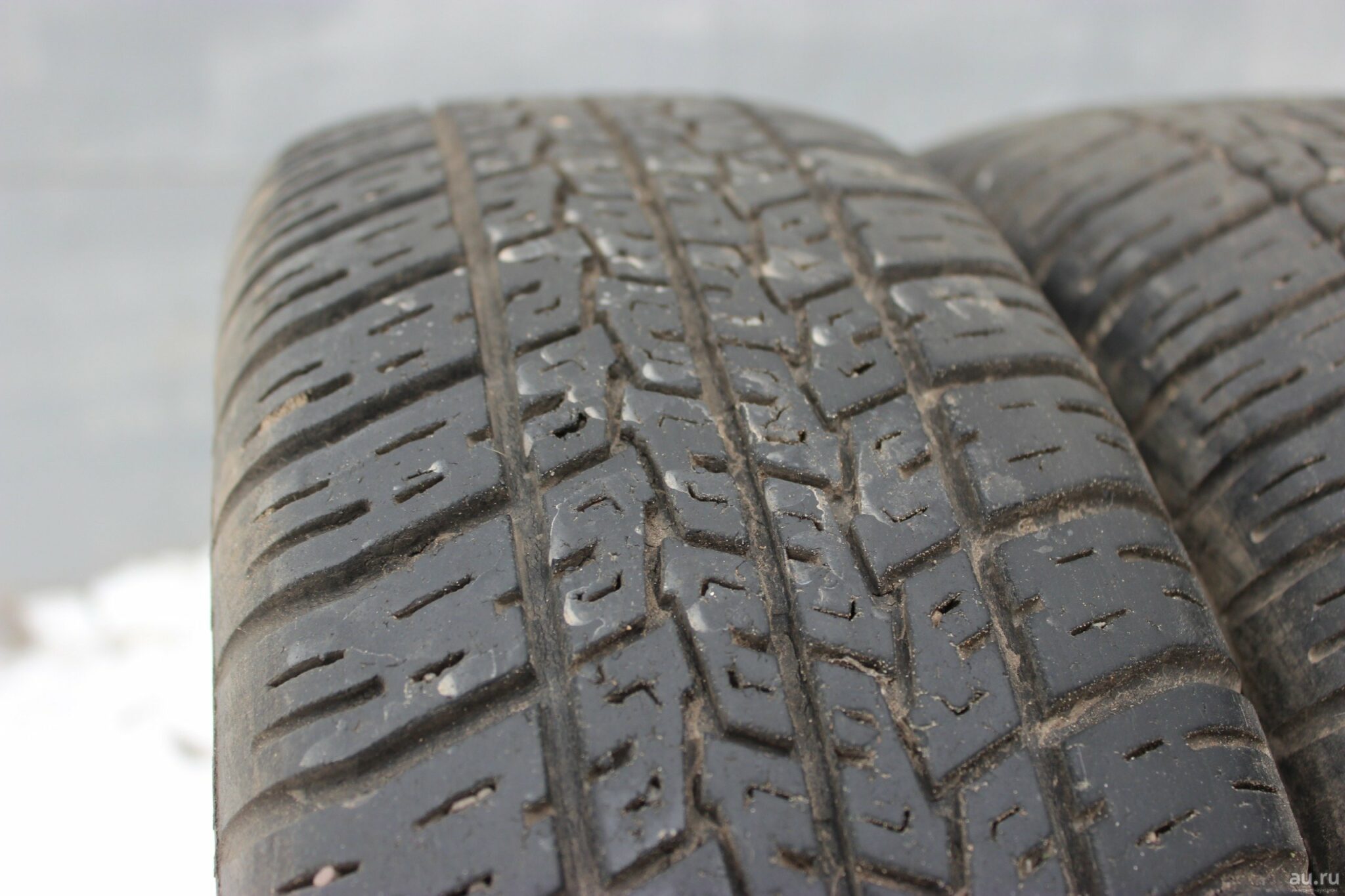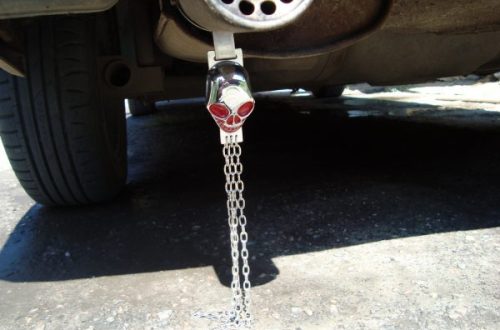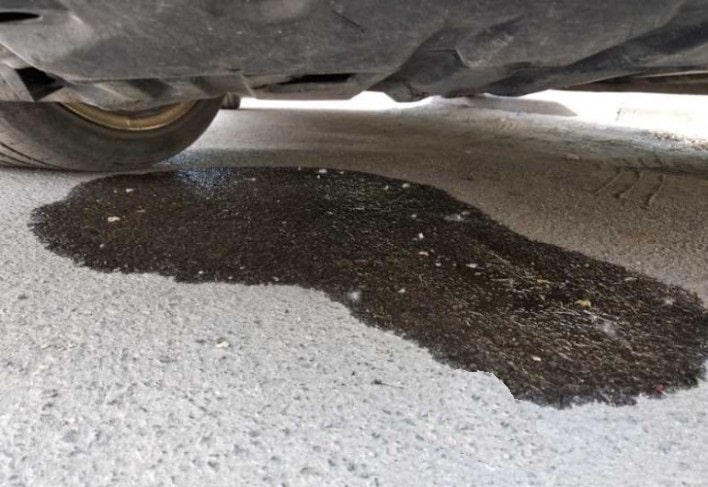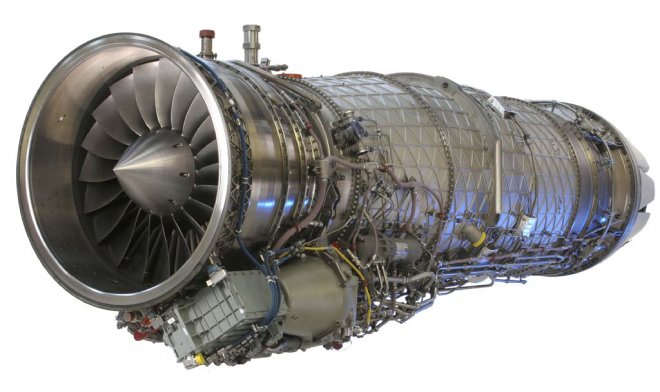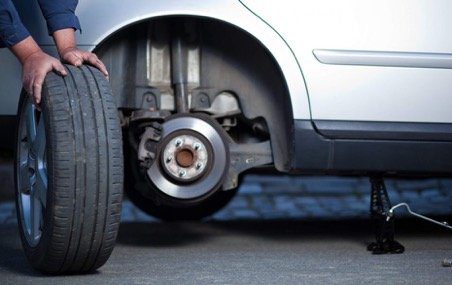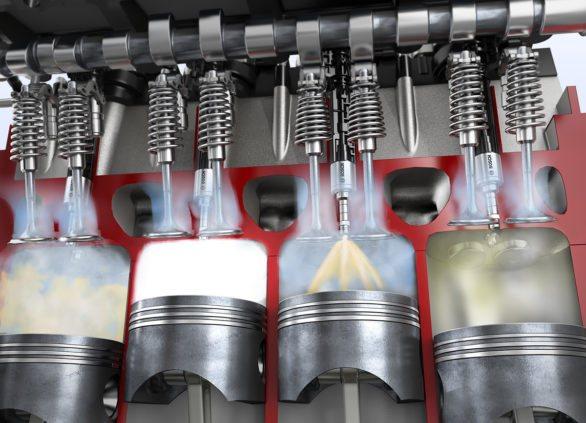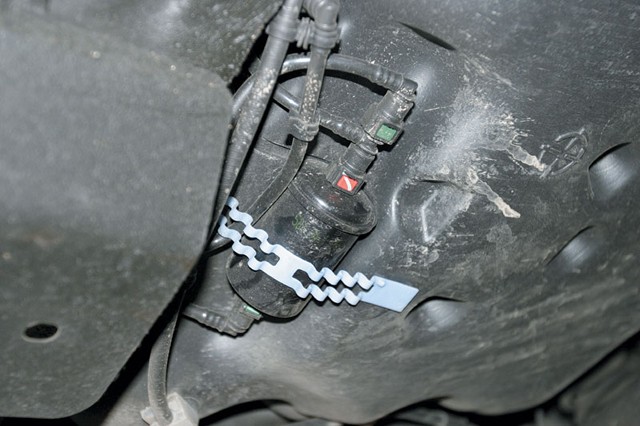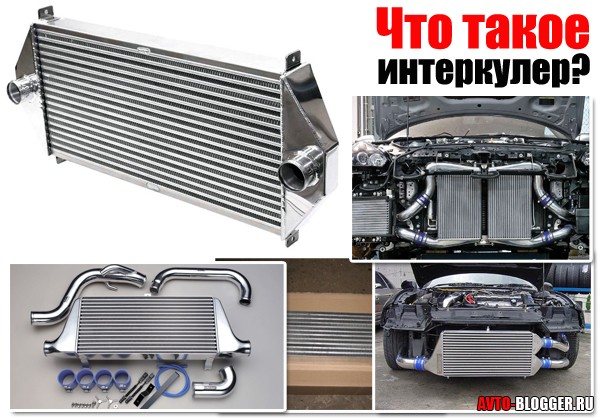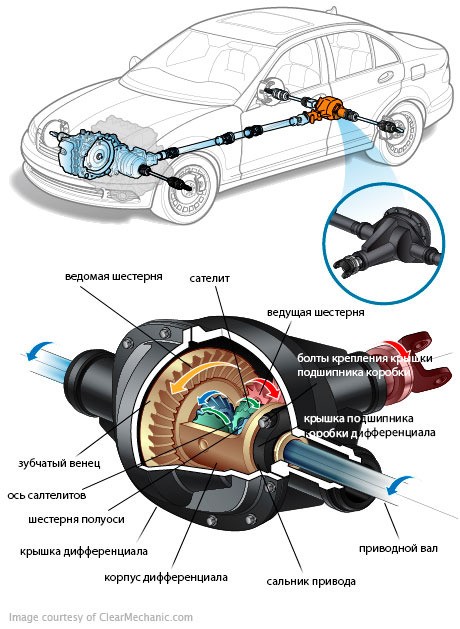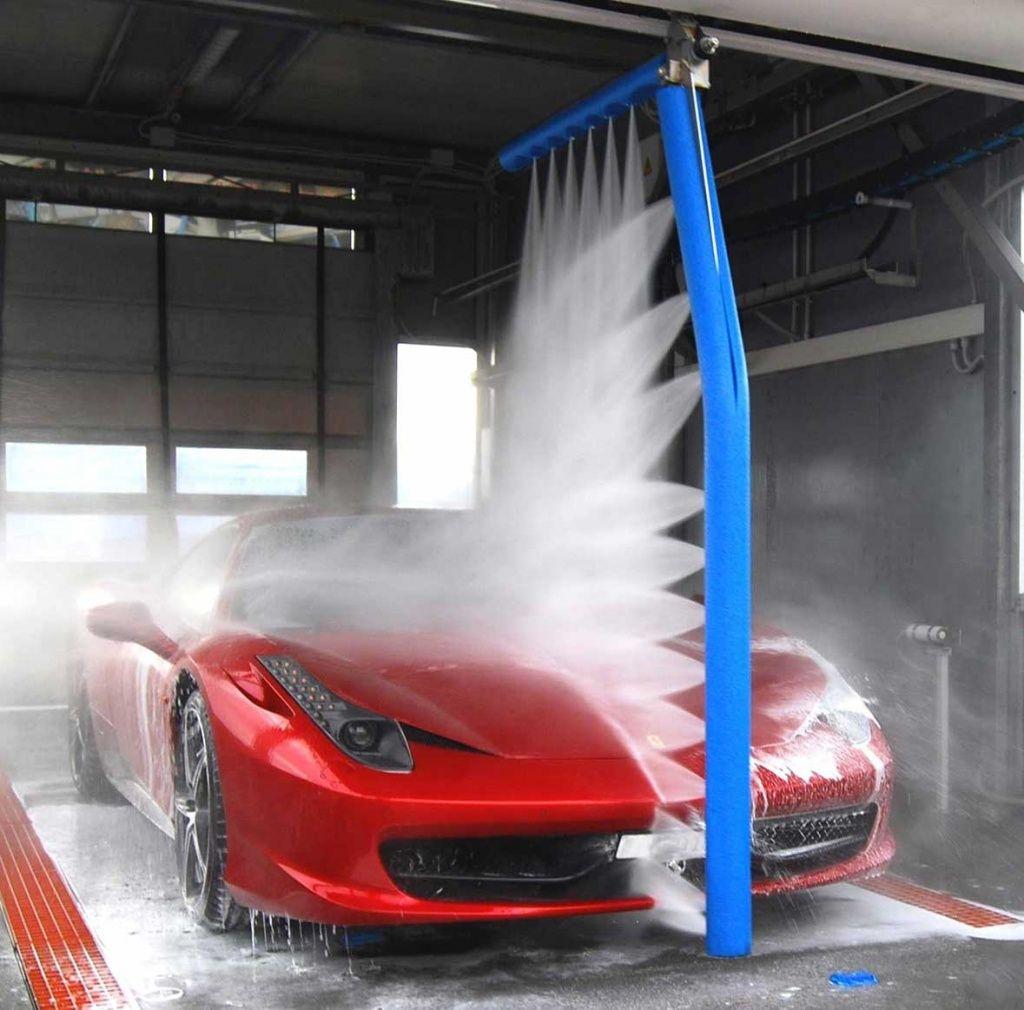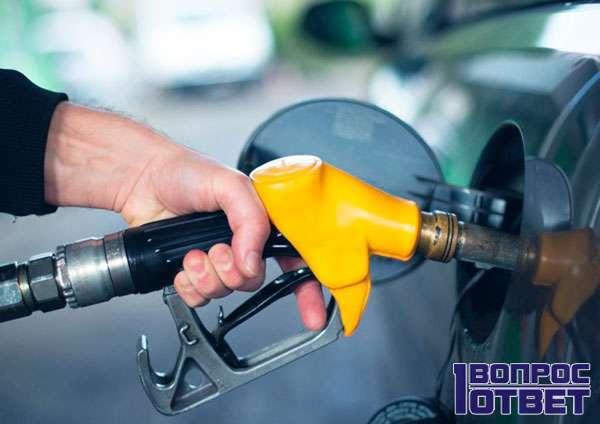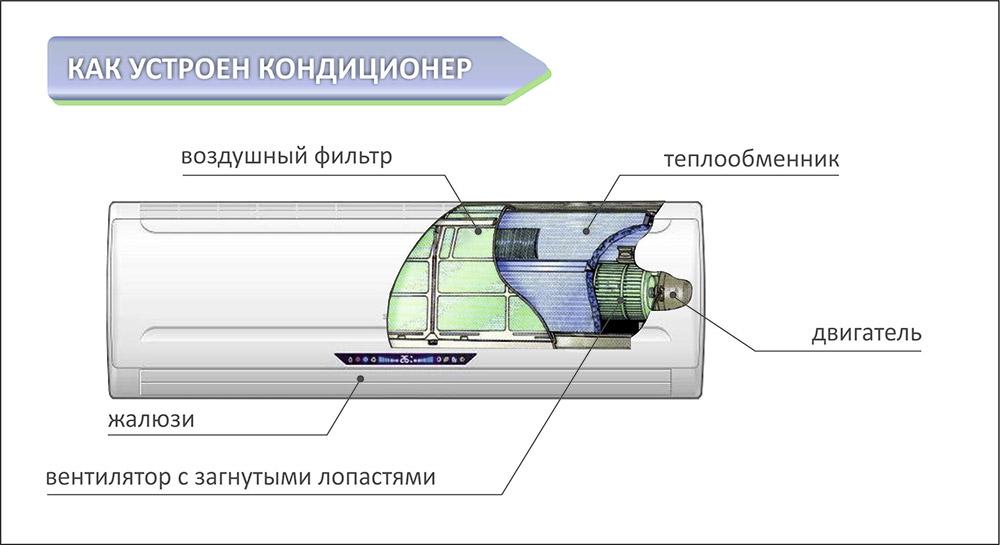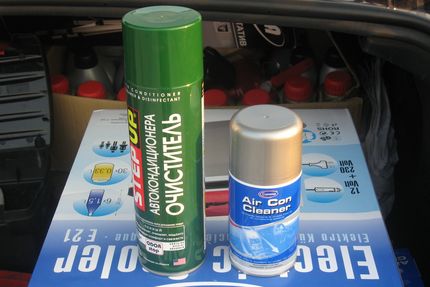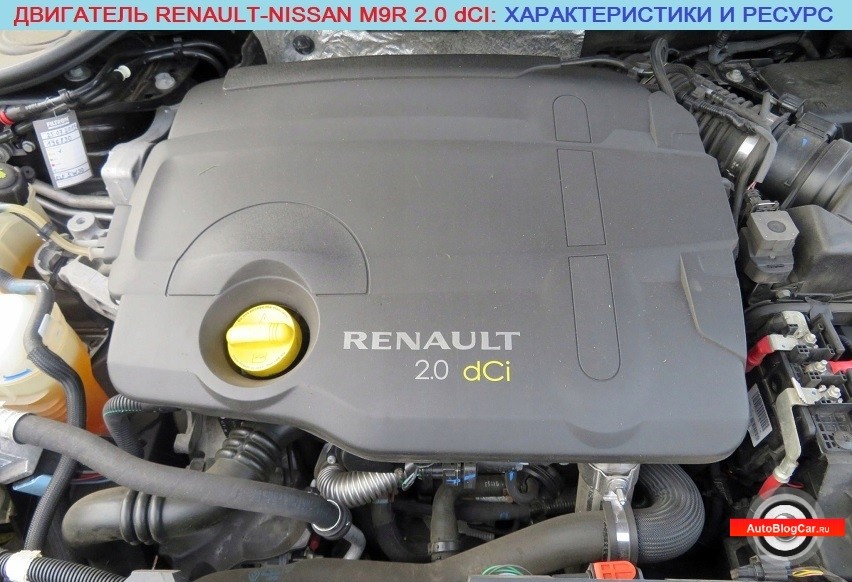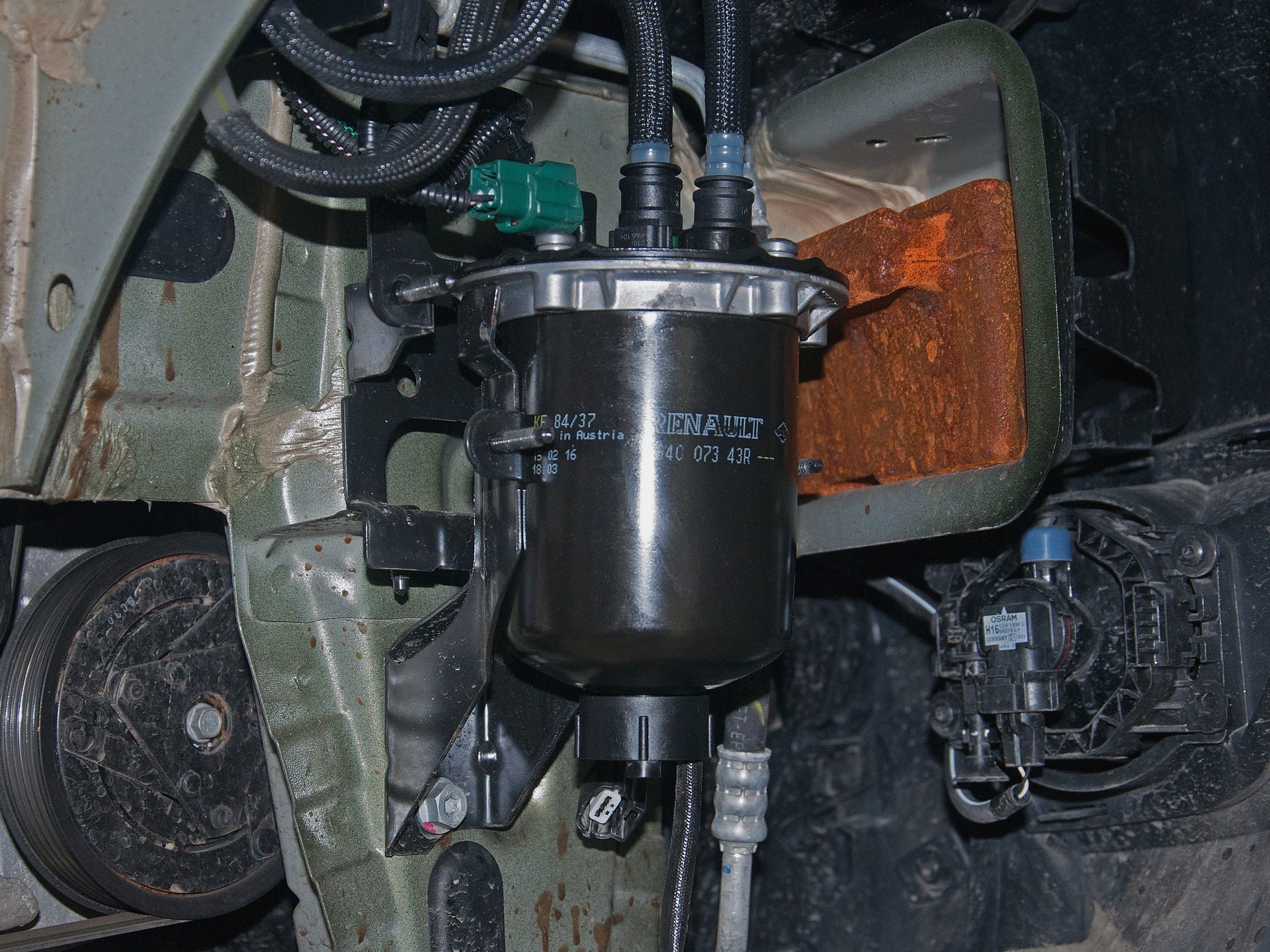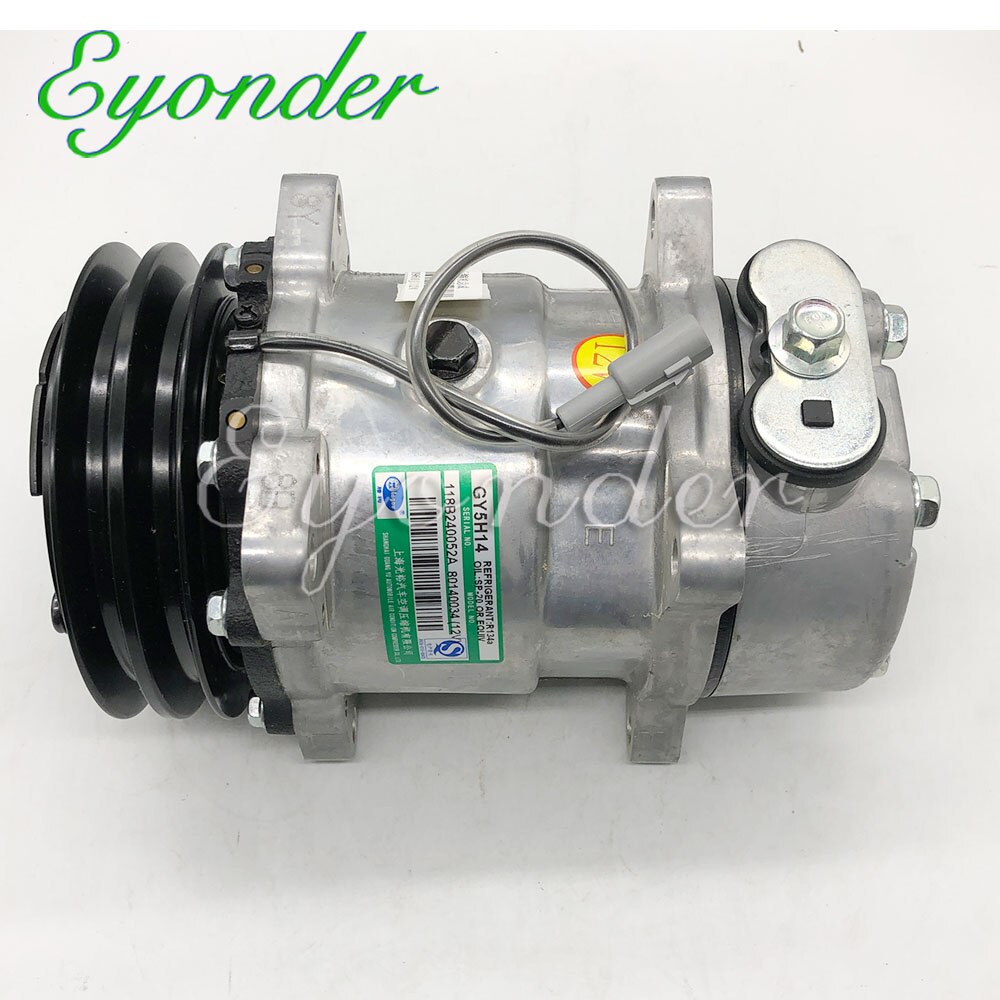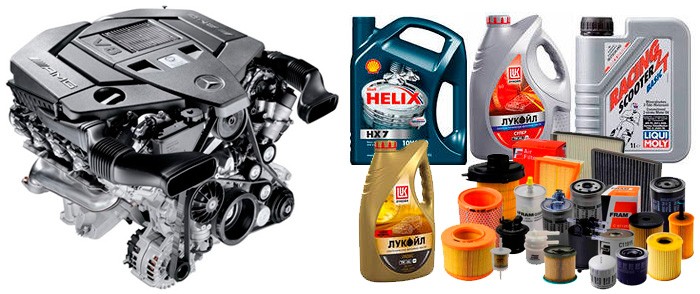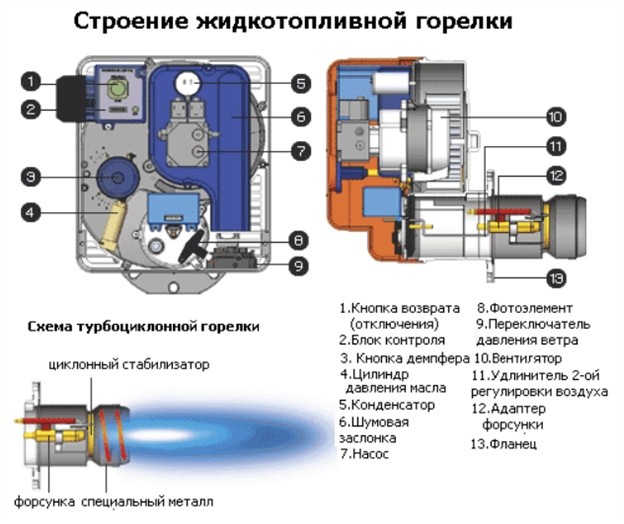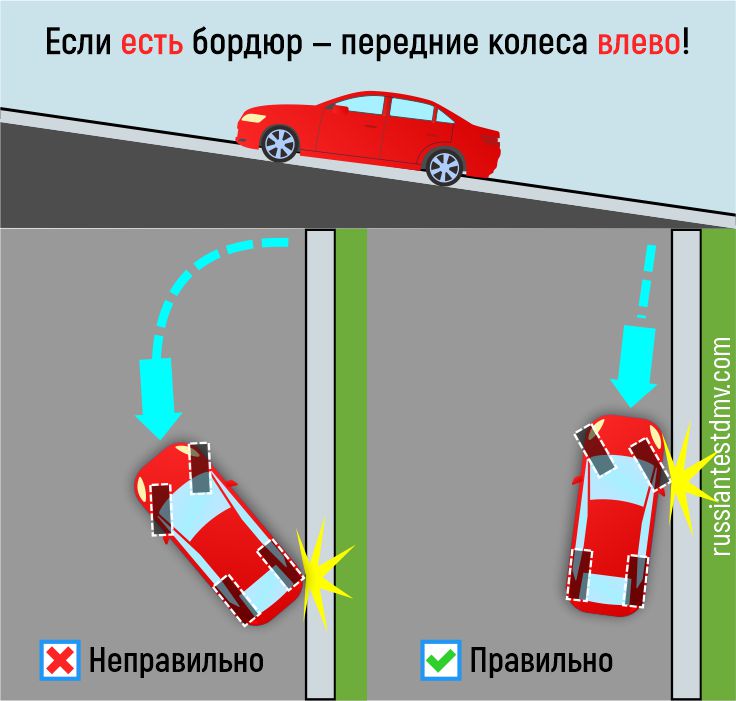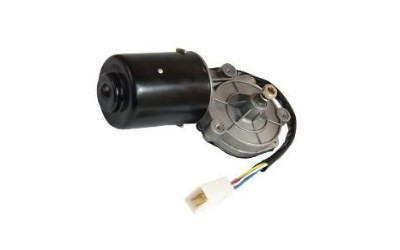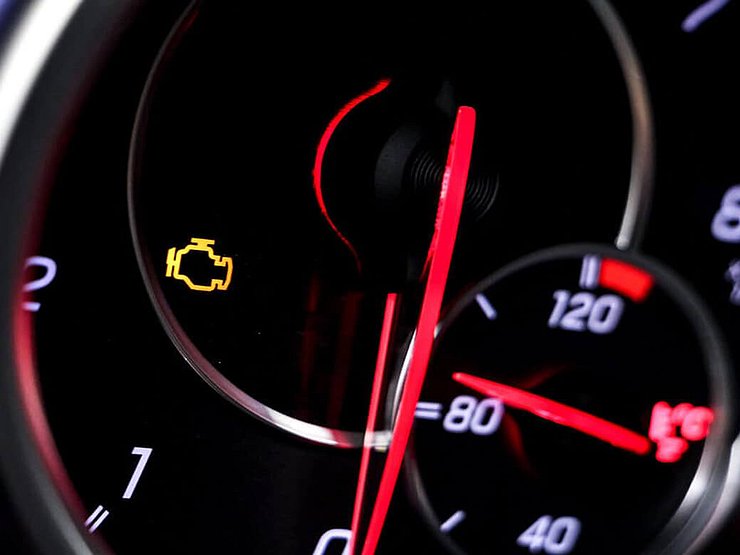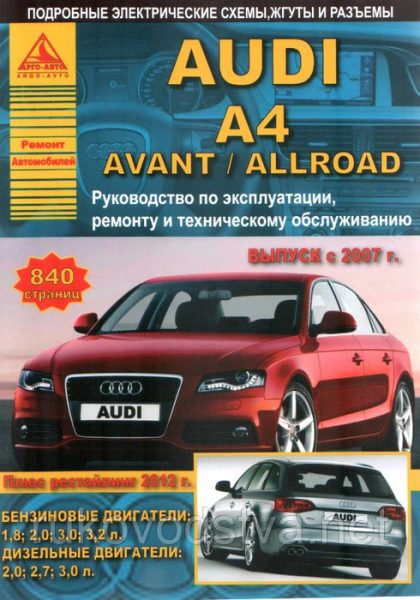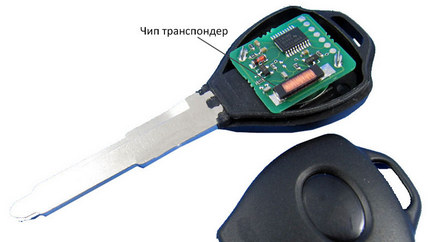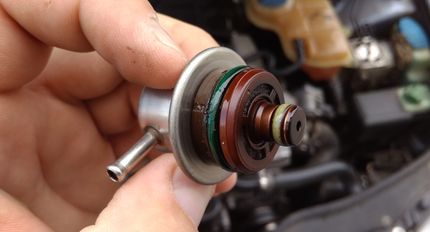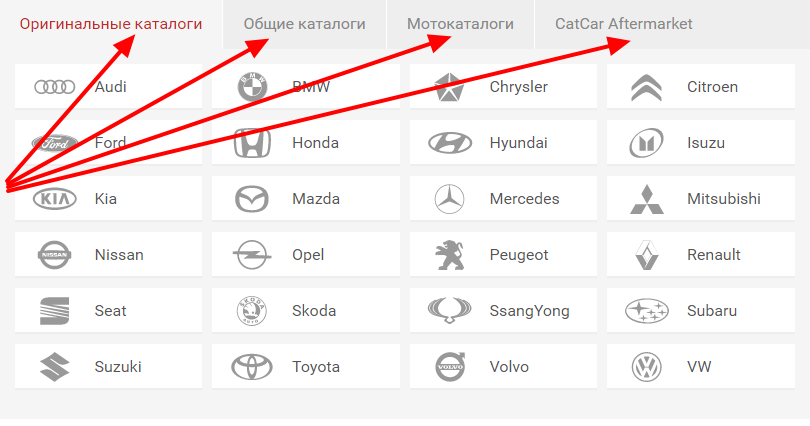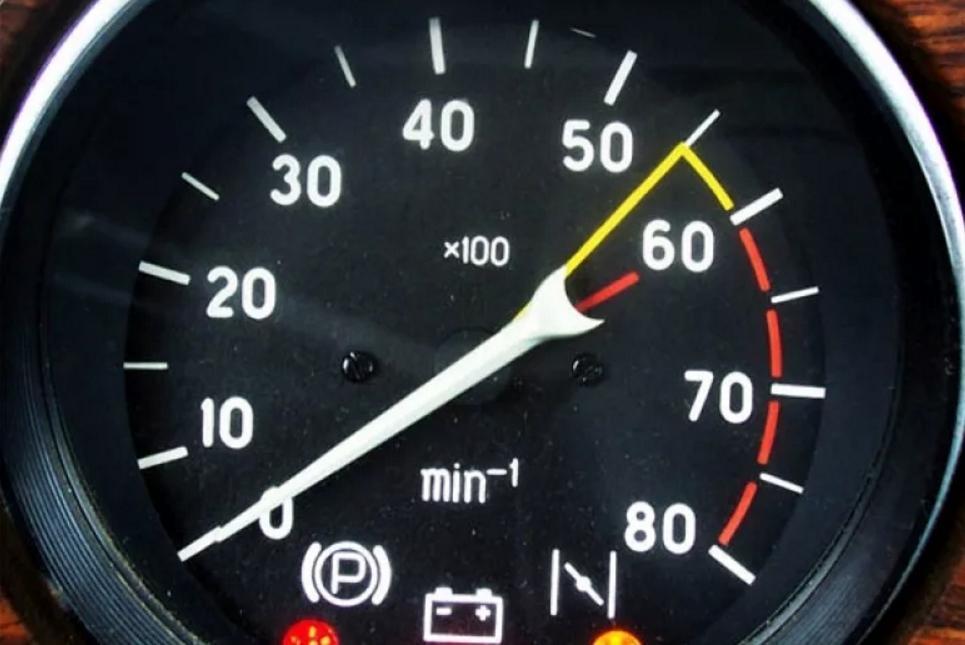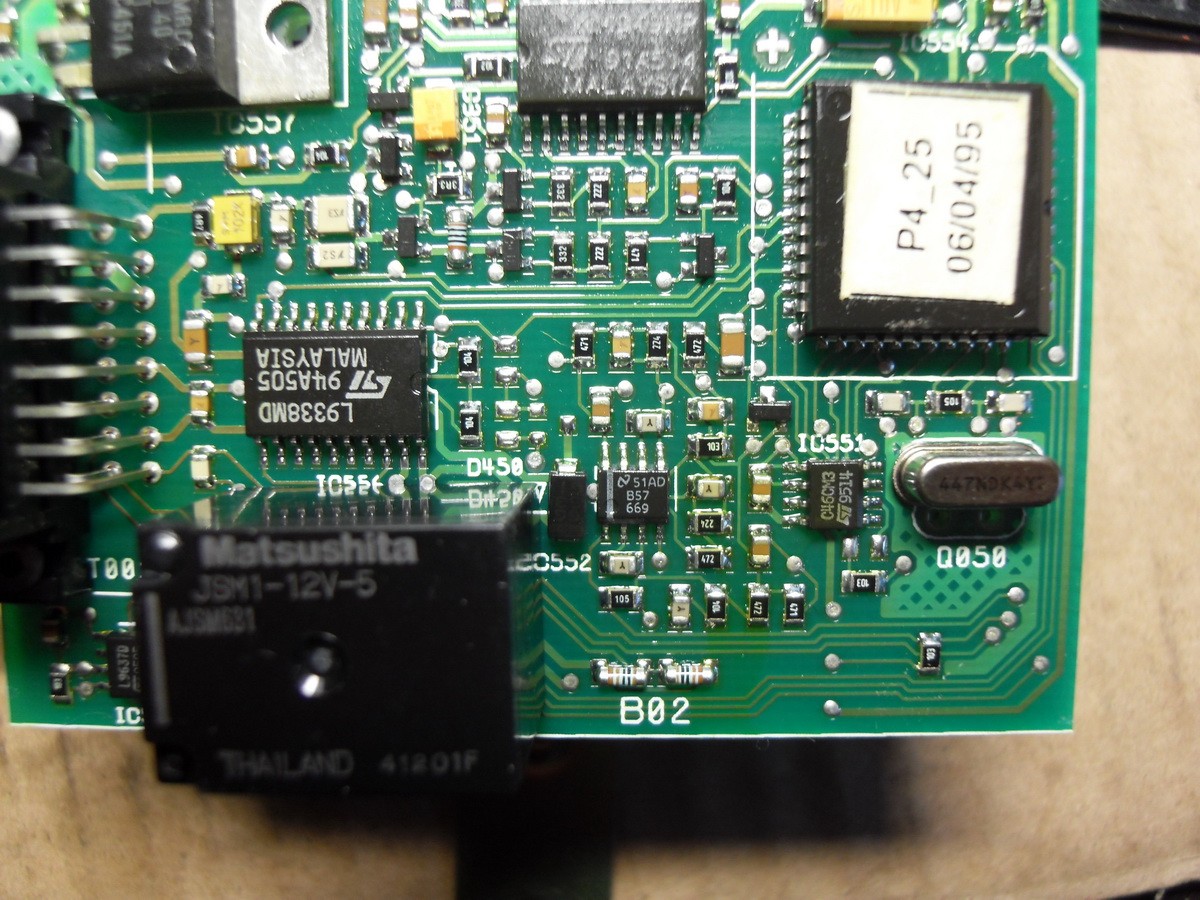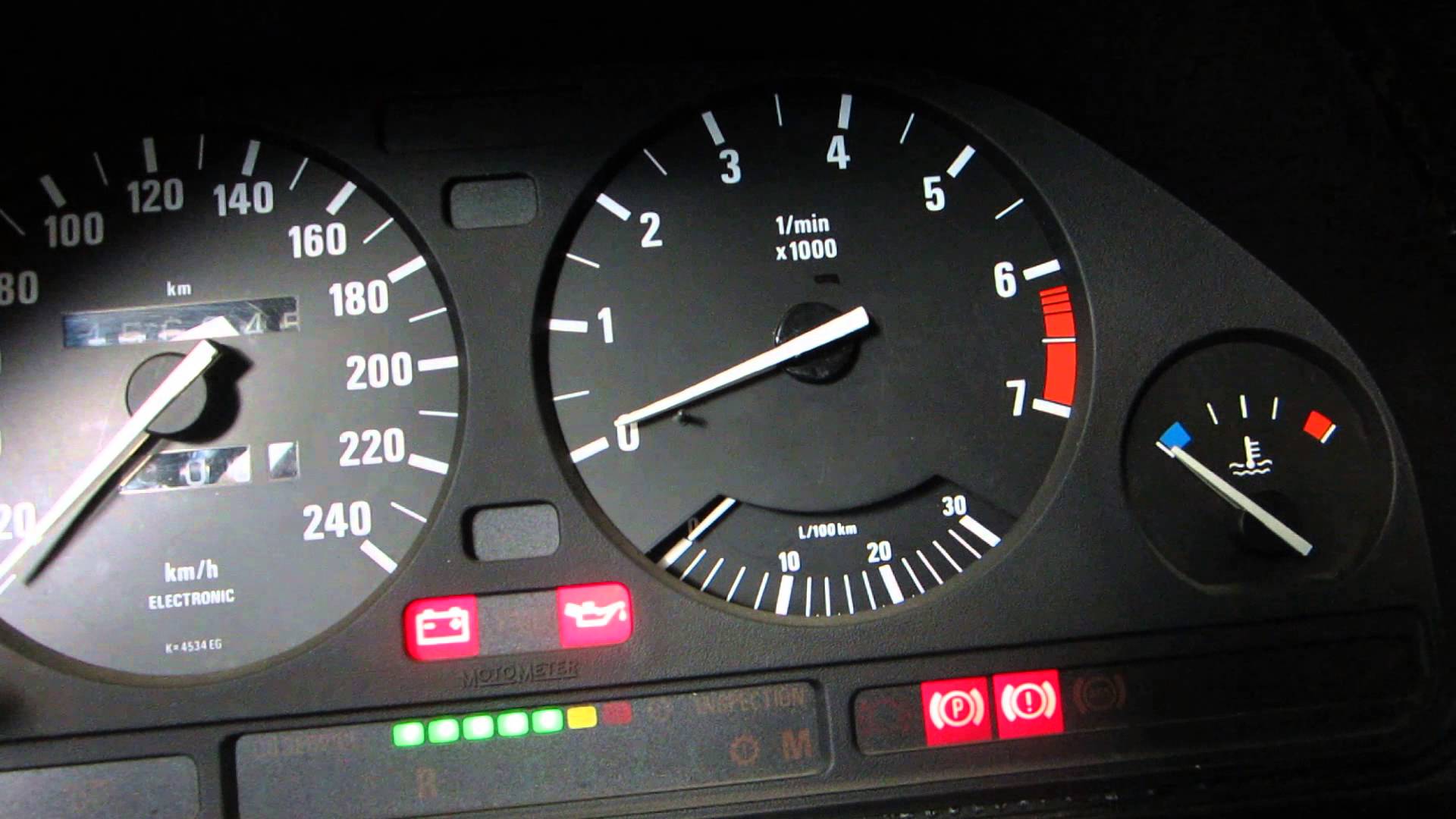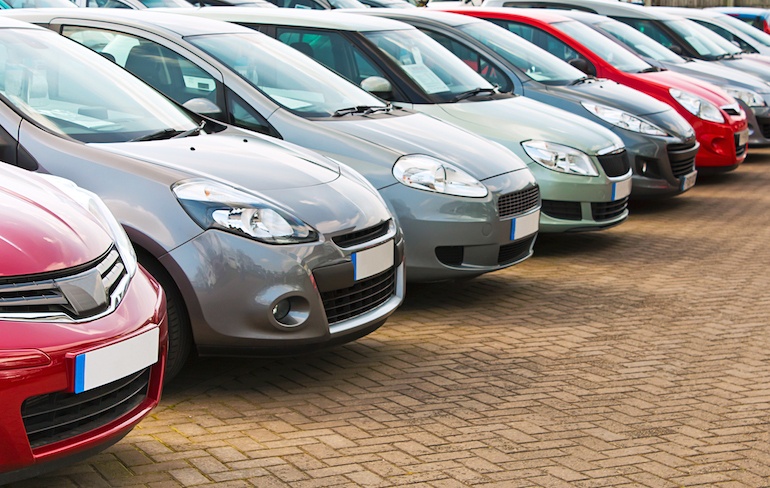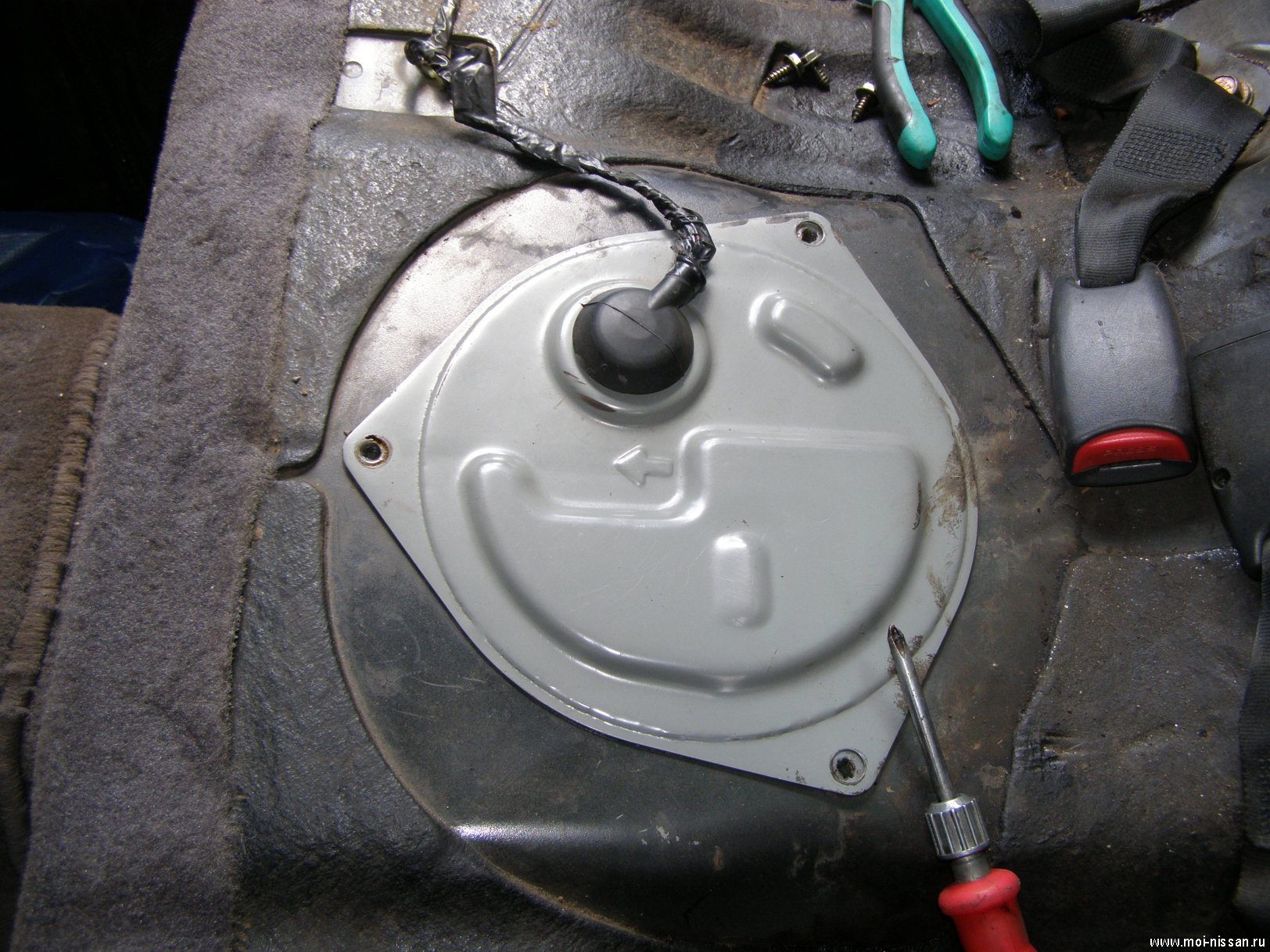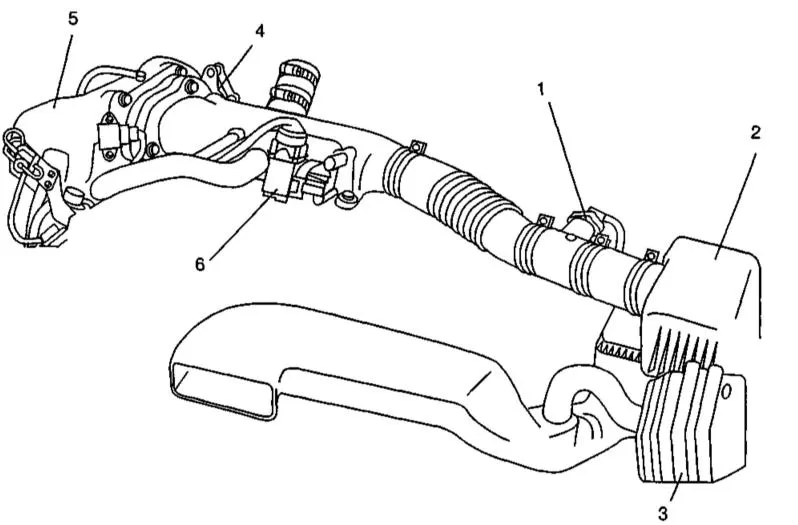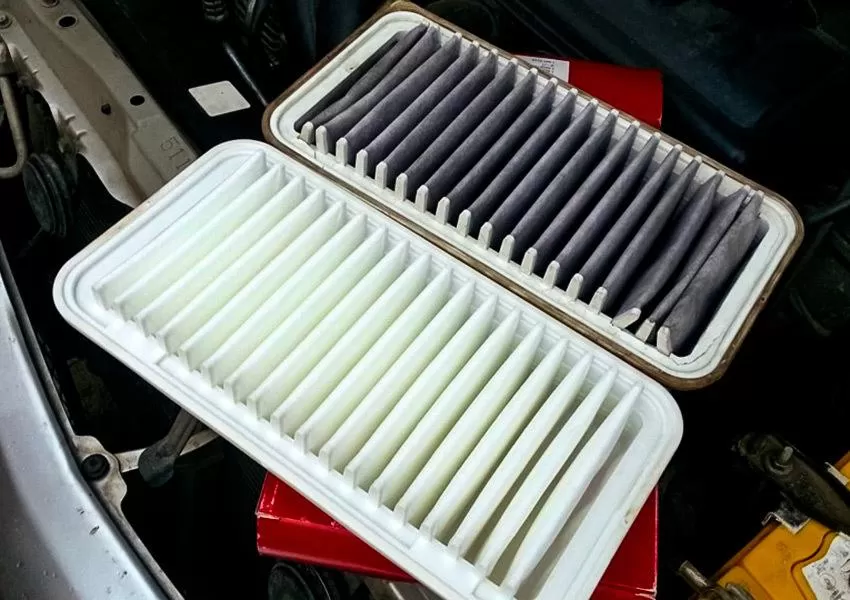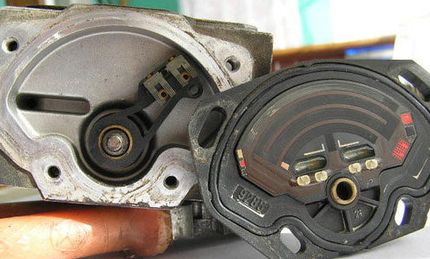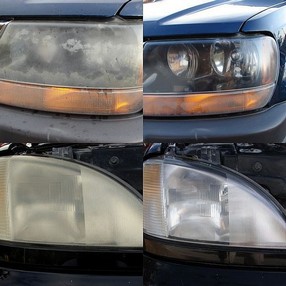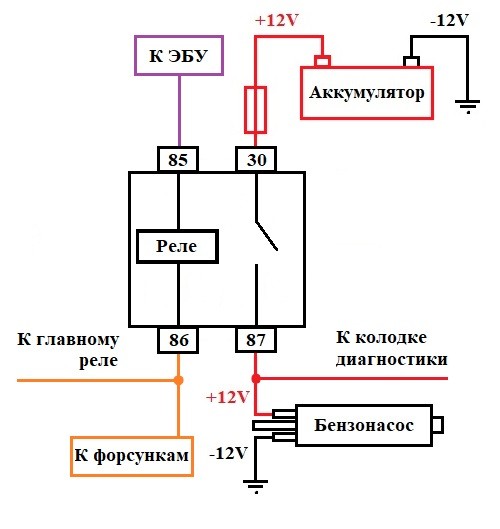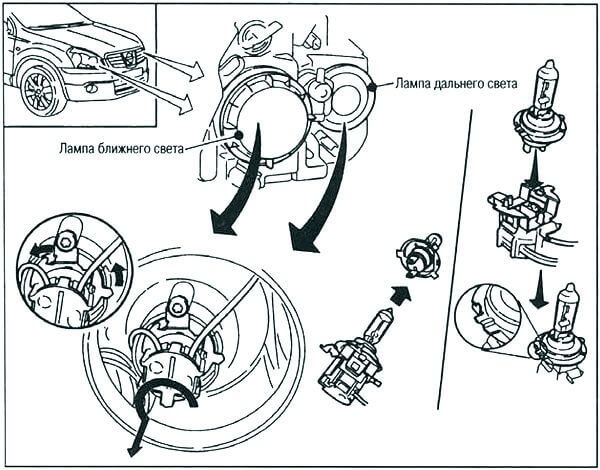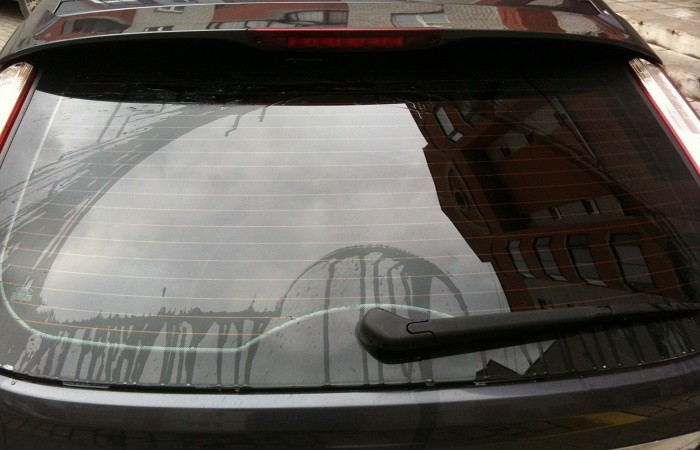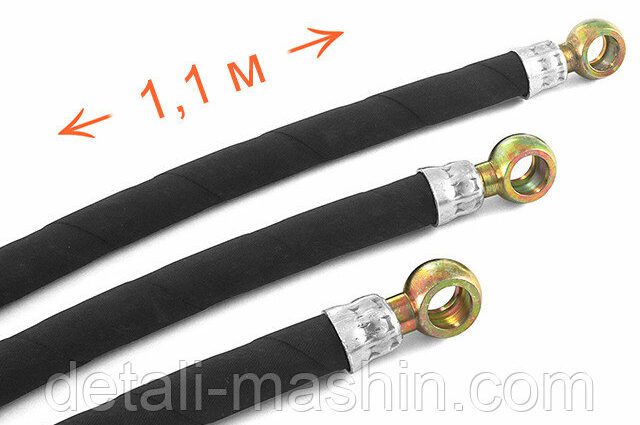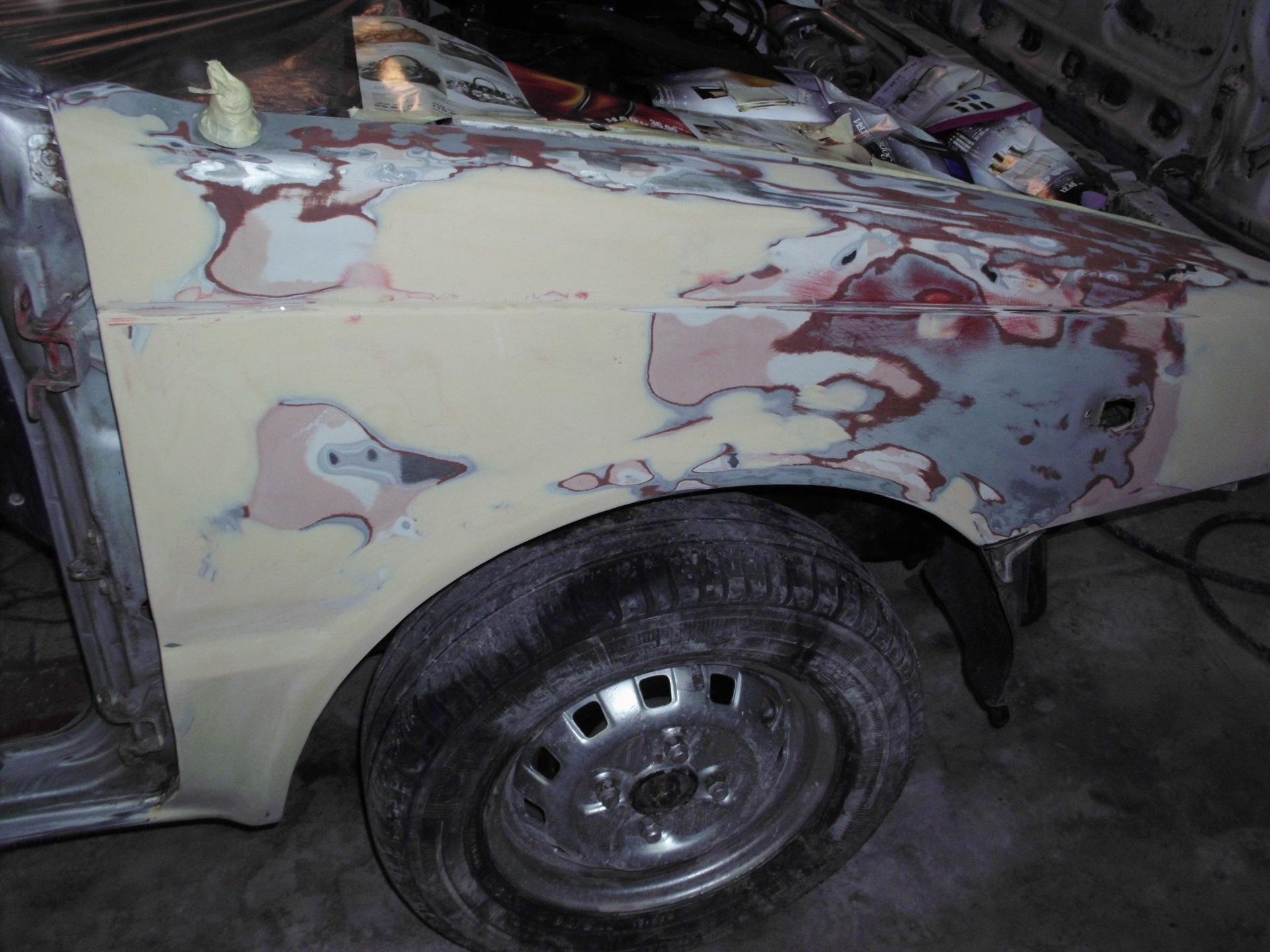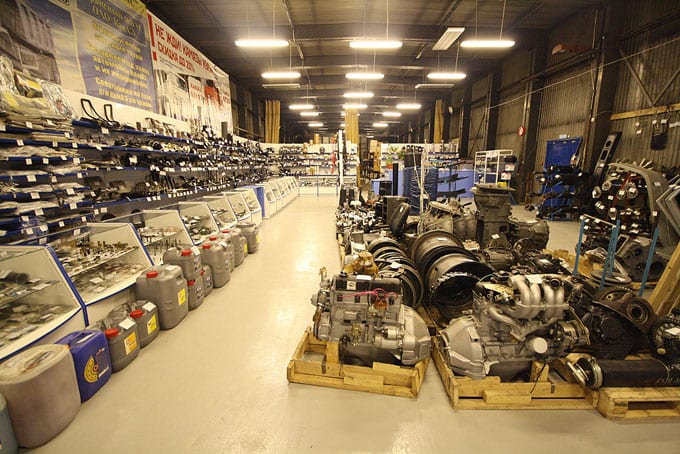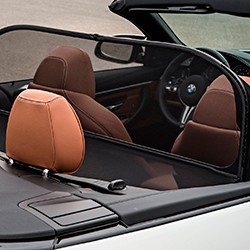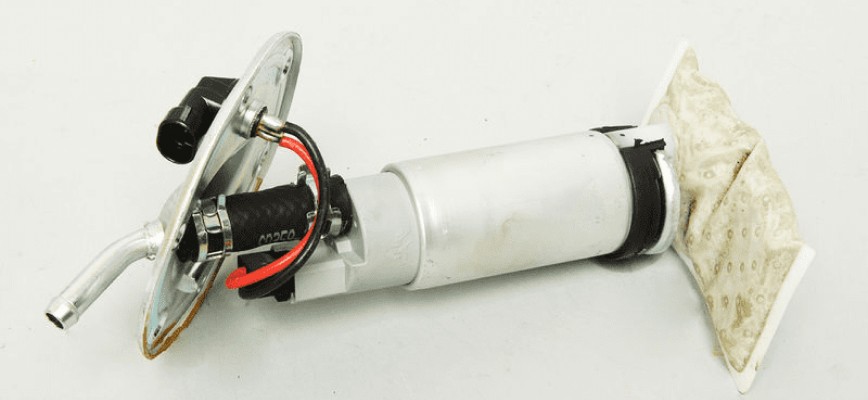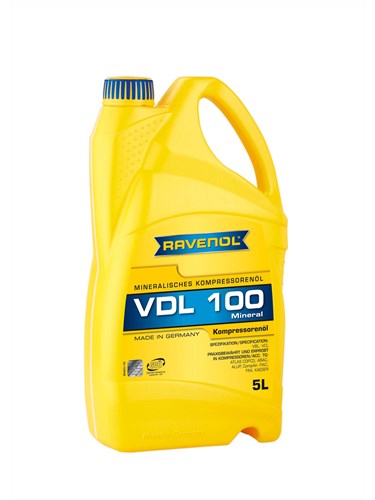Fuel Line: Diagram, Types, Functions, Material, Fitting and Cleaner
In this article, you will learn what is a fuel line? Its scheme, types, function, material, installation and purifier are explained with pictures. If you need a PDF file? Just download it at the end of the article. What is a fuel line? A fuel line is known as a hose or pipe that is used to transfer fuel from one point to another or from a storage tank to a vehicle. The fuel line is usually made of reinforced rubber to prevent tearing and kinking. Sometimes it is also made of plastic materials, although they are located in the chassis of the car, but they are in a weak position. They are installed in locations exposed to the elements, road conditions or heat. In addition, it cannot be damaged due to a moving engine. U.S. Environmental Protection Agency Designates Fuel Line…
Why does the cabin smell of gasoline
Everyone knows how gasoline smells. And although some people find its smell quite pleasant, it must be unequivocally recognized that it is very unhealthy. In fact, it is one of the most dangerous poisons that a person has to deal with in everyday life. Inhalation of automotive fuel vapors causes headache, dizziness, drug intoxication, nausea, and a feeling of severe fatigue. Due to the frequent exposure to small doses of toxic substances contained in gasoline fumes, chronic poisoning can develop, in which the central nervous system, liver, reproductive system, and brain are affected. Large doses can lead to acute poisoning, which is manifested by shortness of breath, convulsions, hallucinations, loss of consciousness, and sometimes even ends in death. Depending on the concentration of gasoline vapors in the air, the symptoms of poisoning can ...
Additives in the engine: purpose, types
An additive is a substance that is added to fuels or lubricants in order to improve their specific characteristics. Additives can be factory and individual. The first ones are added to the oil by the manufacturers themselves, and the second type of additives can be bought in the store yourself. They are used by drivers and service centers to solve some specific problems, taking into account the actual state of the engine. Some additives are used to improve fuel combustion, others to eliminate the increased smoke of a car, and others to prevent corrosion of metals or oxidation of lubricants. Someone wants to reduce fuel consumption or increase oil life, someone needs to clean the engine from carbon deposits and soot or eliminate oil leaks ... With the help of modern automotive additives, almost any problem can be solved! ...
Be careful: spots or puddles under the car
Spots or puddles under the car should never be left unattended. It always means some sort of leak. Sometimes this is completely harmless or even a technical necessity. However, most leaks are the result of a defect with possible annoying or even serious consequences. Read this article for everything you need to know about puddles under your car. Fluids in your car There are several fluids that circulate in your car, each with specific characteristics and a well-defined purpose. Only a few of them are allowed to escape. Summing up all the fluids in a car, we can distinguish the following list: - fuel: gasoline or diesel - lubricants: engine oil, gearbox oil, differential oil - brake fluid - coolant - condensate in the air conditioner - liquid refrigerant for the air conditioner - battery acid Step 1: Diagnosing puddles under the car First…
Fuel filter - what is its function? Does it need to be replaced?
Where do fuel impurities come from? In principle, a distinction can be made between external and internal factors. The first includes refueling with contaminated fuel - most often this happens at gas stations with a dubious reputation. Internal factors are contaminants that are found in the fuel system as a result of corrosion and precipitate out of the fuel and accumulate as sediment at the bottom of the tank. No matter where they come from, they end up in the fuel filter, which is designed to stop them before they reach the engine. Fuel filters - types and design Depending on the type of fuel to be purified, filters must have a different design. Gasoline reminiscent of a metal can with two nozzles on opposite ...
Pouring gasoline into a diesel - how to prevent a malfunction? What about a common rail motor?
Especially in the case of diesel units, it is easy to make a mistake - the tip of the gas distributor (pistol) has a smaller diameter, which makes it easier to enter the filler neck in a car with a diesel engine. Therefore, pouring gasoline into a diesel occurs much more often than mistakes vice versa. Luckily, this doesn't have to end up damaging the drive. Pouring gasoline into a diesel - what are the consequences? As the experience of many users, as well as independent tests, shows, the wrong fuel in the tank does not necessarily result in diesel failure. If you realized your mistake in time and just poured a small amount of the wrong fuel into the tank (up to 20% of the fuel tank volume), it will probably be enough to fill in the oil and observe the operation of the engine. Old engines should be fine...
Replacing the diesel filter - how to do it!
A dirty or clogged diesel filter can quickly lead to serious problems. Therefore, it is important not only to check it regularly, but also to replace the fuel filter if necessary. A visit to a specialized workshop is required only for very few vehicles. As a rule, the fuel filter can be replaced without problems yourself. Below is all the important information about the diesel filter and its replacement. Functions of the diesel fuel filter in detail The diesel filter serves to protect the engine and prolong its life. Even high quality gasoline can contain tiny floating particles that can interfere with sensitive pistons inside the engine. This is why the fuel filter ensures that all fluid is filtered on its way to the engine, so that no malfunction can occur here. At the same time, floating particles can still stick to the filter and…
Fuel Injectors - Diesel Ignition Pressure
Nozzles or nozzles are used to constantly supply the right amount of fuel to the combustion chamber of diesel engines. These small but highly stressed components keep the engine running properly thousands of times a minute. Although they are made from high quality materials, these components are subject to wear and tear. Here you can read how to recognize faulty fuel injectors and how to deal with breakdowns. Direct Injection Engine Requires Pressure Diesel engines are so-called "self-igniters". This means that they do not require external ignition in the form of a spark plug to burn the fuel. The compression pressure generated by the upward moving piston is sufficient to cause the desired explosion of the diesel-air mixture. However, it is important that the correct amount of diesel fuel is injected into the combustion chamber at exactly the right moment at the optimum…
Fuel injection system malfunction - what does the Check Engine light mean? Check out what are the most common causes of injection failure!
If the Check Engine light comes on on the dashboard, it may mean that you need to see a specialist. Often this is how the sensors signal an injection failure. It is important to know how to prevent this and what to do when it happens. Fuel injection system - what is it? How much does it cost to repair and replace petrol injectors? The injection system supplies fuel to the internal combustion engine and is responsible for transporting gasoline, gas or diesel fuel to the drive unit. There are several injectors in modern cars, and each of them costs up to 200 euros! It is easy to calculate that replacing injectors with new ones can cost several thousand zlotys. Most often, diesel vehicles are damaged, which drive mainly in the city on short trips. Then they accumulate...
Damaged fuel pressure regulator - symptoms
In this article, you will learn how a faulty fuel pressure regulator affects your car. Symptoms of failure are not always clear, so it is worth checking the condition of this small but important component on an ongoing basis. Fuel pressure regulator - how does this component work? The task of the regulator is to close and open the fuel supply to the injection system and it works directly with the intake manifold. The subassembly consists of a winding, a core with an electromagnet, a ball valve, and all this is enclosed in a sealed housing. Thanks to the fuel pressure sensor, the device knows exactly when it has exceeded the allowable value and opens the outlet valve through which unused fuel flows back into the tank. Adjusting the pressure between the intake manifold and the power supply ensures stable engine operation, so…
Changing the fuel filter in cars yourself - learn how to change the fuel filter in diesel engines.
The fuel filter element is located in various parts of the vehicle. Therefore, you do not always have easy access to it. However, replacing the fuel filter is fairly easy in most cases. When does the difficulty level increase? The older the car, the more difficult this task is. How to replace the fuel filter in a car? Read our guide! Fuel filter - where is it in the car? You need to know where this item is if you are going to replace it. This is where a ladder comes in handy, because usually this element can be hidden: in the engine compartment; in the fuel tank; along fuel lines; under the car. If you have already found it, now you can move on to replacing the filter. What are the different stages? Read more! How to change the fuel filter in...
Replacing the fuel pump - that's how it's done!
The vehicle cannot be operated without a running and running petrol or fuel pump. The life of the fuel pump is designed for the life of the car, but like any other component, the fuel pump can also fail. We will show you how to recognize a fuel pump failure, how to replace it and what costs to expect. How a Fuel Pump Works The fuel pump, technically known as a fuel pump, is electrically powered in most modern vehicles. Gasoline pumps were originally developed as so-called flow pumps. The fuel, in this case gasoline, is transported to the injection unit using a vane or impeller inside the pump. The petrol pump does not operate in regulation mode, but continuously supplies petrol to the injection unit. Unused gasoline is returned to the fuel ...
Cabin filter Auto. Where is? Replacement frequency.
Cabin filter: where is it located, how to replace - the frequency of replacing the cabin air filter Is there an unpleasant smell in the cabin, and the windows fog up? This is easily eliminated - you just need to change the cabin filter and then not only the car, but also the body will thank you. The car is a real pantry of filters, and we are not talking about the trunk of a thrifty driver at all. The normal functioning of a mechanical creation is difficult or impossible if the air, oil, fuel and, finally, the cleaning element in the automatic transmission has become unusable. At least they are not forgotten and changed regularly. But there is a filter, often forgotten. He is busy cleaning the air entering the cabin and is by no means the least important for the quality of life. Where is the cabin filter Often its ...
How long does the fuel pump relay last?
The fuel pump is one of the most used parts of any car. Every time the car is started and running, the fuel pump must be running. There are many parts that help a fuel pump do the job it was designed to do. Fuel… The fuel pump is one of the most used parts of any car. Every time the car is started and running, the fuel pump must be running. There are many parts that help a fuel pump do the job it was designed to do. The fuel pump relay helps control the amount of electrical current supplied to the fuel pump. When the car is started, the fuel pump relay sends out the amount of electricity needed to turn on the pump and start the combustion process. Every time the car starts and runs, the fuel pump relay...
How long does a fuel hose last?
Having the right amount of fuel in a vehicle's combustion chamber is essential to keep the vehicle running properly. There are many different components that are responsible for keeping the fuel system going… Having the right amount of fuel in a vehicle's combustion chamber is essential to keep the car running properly. There are many different components that are responsible for keeping the fuel system working. To supply gas from the fuel tank to the combustion chamber, the fuel hoses must be in good condition. These hoses can be made from plastic, rubber or metal. The longer the same fuel line is left on the vehicle, the more likely it is that it will need to be replaced. Every time the car is started and running, the fuel hoses must transport…
How long does the fuel filter (auxiliary) last?
Your car's fuel tank is the place where all the gasoline you pour into the filler neck goes. Over the years, this tank will begin to collect a lot of dirt and other debris. It's the fuel filter's job to remove that debris... Your car's fuel tank is where all the gasoline you pour into the filler neck goes. Over the years, this tank will begin to collect a lot of dirt and other debris. The job of the fuel filter is to remove this debris before it can circulate throughout the fuel system. Having fuel filled with debris circulating through the fuel system can lead to many different problems such as clogged fuel injectors. This type of filter is used every time you run your…
